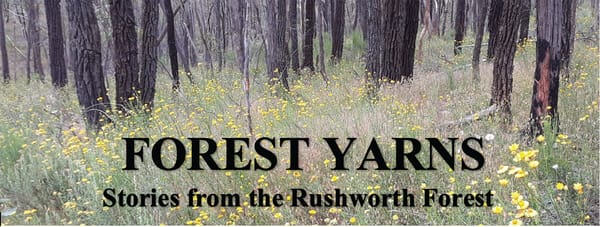When will they ever learn?
Neil Laurie

When will people ever learn that wild animals are exactly that -wild animals? They are not pets. They are not on this earth for our amusement and should be left to go about their business in the wild doing the things that wild animals do. Yet people continue to interfere with them.
I have already written about Molly, a young magpie ‘adopted’ by a family. In reality the little magpie was almost certainly waiting about while the parents were searching for food to satisfy its voracious appetite. It should have been left alone and allowed to continue its wild life. Habituating magpies or any other wild creature to humans by feeding them diminishes the birds’ ‘wildness’. Also, the food fed to them is usually not healthy for them (minced meat or bread is bad for magpies).
The late Steve Irwin, while undeniably passionate about wildlife, persisted in disturbing creatures for the sake of his television show, usually using the educational value of showing wildlife to the public as a justification. It was so unnecessary. Sir David Attenborough has demonstrated how a hands-off approach with good wildlife cinematography and intelligent commentary is far more educational (admittedly some footage of small animals and insects was gained through using tanks and enclosures).
It is disappointing to see Steve Irwin’s son, Bob, using an echidna on a kitchen bench in an advertisement. Like his father, he is passionate about wildlife and Australia Zoo is involved in the conservation of many species, but to use the echidna in this way gives a clear message that it is OK to treat wildlife like pets.
Tourists also need to stop and think. Enticing wildlife with food to get a photograph, or in more recent times a selfie habituates the wildlife to humans. Not only can they lose their fear of humans but they also associate humans with food. If food is not forth-coming animals can become quite aggressive. In some places kookaburras and emus have needed to be euthanised or relocated (which is often a death sentence anyway) because they became too aggressive. This feeding of wildlife by tourists has become an issue on K’gari (Fraser Island) where there have been at least 25 dingo attacks in recent years, one resulting in the death of a nine-year-old boy. Tourists still persist in enticing the dingos with food for the sake of a photograph, in spite of signage warning against this. Interestingly, there was quite a public outcry recently when Sam Jones, an American influencer, picked up a baby wombat for the sake of an Instagram post. A second video clip shows her holding an echidna. Perhaps other tourists need to be called out for interacting with wildlife. It is illegal to interfere with wildlife in every state.
Handling wildlife can result in injuries. Wild animals are not used to being handled by humans and will panic, biting and scratching in an effort to escape. At the very least the animal will be severely stressed. Kangaroos, especially testosterone laden lone males, will attack humans if approached too closely (even if you are feeding them). While animals may not be venomous, the bacteria in their mouths can lead to infections of their bites. Fortunately, we do not have rabies in Australia. Wombats are prone to having mange. Also called scabies, it is highly infectious.
It is difficult to understand why people shoot our wildlife. Shooting ducks is not necessary. It disturbs wetland wildlife and non-target species somehow end up being shot. It is understandable that kangaroos on farmland can become a problem. It is tempting to simply cull them but they always return. A better long-term solution is to use kangaroo-proof fencing. While it is a significant outlay it provides a permanent solution. It keeps the kangaroos in the bush where the natural forces keep their populations under control. They are a boom or bust species, meaning that their population will fluctuate dramatically. Landowners are required to exhaust all practical non-lethal control options before applying for a permit to eradicate wildlife.
If people want to hunt wildlife for the thrill of the hunt and to practise their hunting skills, they could do our wildlife a favour and hunt introduced, feral species. Stalking samba deer or hunting foxes on foot in daylight are excellent hunting challenges.
Hopefully the furore surrounding Sam Jones’ Instagram post will make people think twice before they interact with wild animals and is evidence of a shift in our attitudes towards the amazing wildlife we are fortunate to have in Australia.










